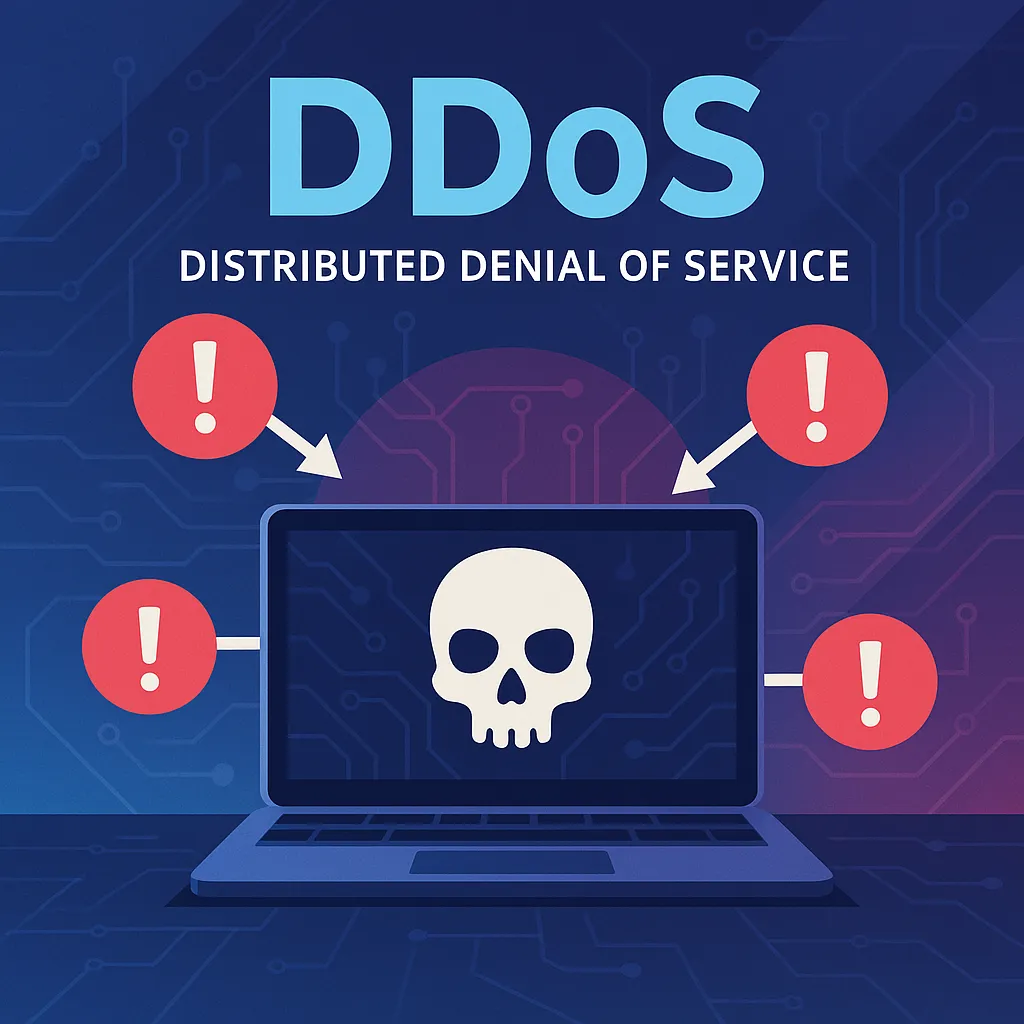Silent Storms: Unpacking the Mechanics and Menace of DDoS Attacks
Imagine a bustling city intersection bustling with traffic, suddenly overrun by countless cars all converging at the same point, gridlocking the flow entirely. This real-world chaos mirrors what happens during a Distributed Denial-of-Service (DDoS) attack in the cyber realm. In this post, we will explore the intricate details of DDoS attacks, shedding light on their implications and providing insights into protection measures against this growing threat.
What is a DDoS Attack?
A Distributed Denial-of-Service (DDoS) attack, as outlined by sources like Cloudflare and Fortinet, is a malicious attempt to disrupt the normal traffic of a targeted server, service, or network by overwhelming the target or its surrounding infrastructure with a flood of Internet traffic. DDoS attacks achieve their effectiveness by using multiple compromised computer systems as sources of attack traffic. These systems could include computers and other networked resources such as IoT devices.
The Mechanics Behind DDoS
At its core, a DDoS attack turns innocent machines into zombies or bots. When a system is compromised, it can be coerced into sending vast amounts of traffic to a specific target. Multiple systems together form what is known as a 'botnet', and these botnets can be directed to flood a server with more requests than it can handle. This excess can cause disruptions ranging from slowed network performance to a complete system shutdown.
Real-World Impact and Examples
The consequences of DDoS attacks are not just limited to technical disruptions. They can cause significant financial and reputational damage to businesses. For example, major websites like GitHub faced a massive DDoS attack in 2018 where tens of millions of requests per second were made to their servers, overwhelming them quickly. The attack was noted as one of the largest on record, demonstrating the severe impact these attacks can have.
DDoS By the Numbers
According to reports, the occurrence of DDoS attacks has been consistently rising, largely due to the availability of cheap DDoS-for-hire services and the growing number of insecure IoT devices. These dynamics make it easier than ever for attackers, even those without advanced technical knowledge, to launch potent attacks.
Defending Against DDoS Attacks
To mitigate the risk of DDoS attacks, organizations deploy a variety of strategies and technologies. Basic defensive measures include increased network bandwidth and DDoS mitigation services that can absorb and filter out malicious traffic. More advanced strategies involve robust network architecture, including the decentralization of resources and balancing loads to minimize the effect an attack has on a single resource.
Takeaway: A Call to Strengthen Defenses
As we have seen, DDoS attacks form a significant part of the cybersecurity threat landscape. Their ability to render systems inoperable and cause cascading effects across networks requires that businesses and individuals remain vigilant and proactive in their defensive strategies. Keeping security systems updated and understanding the dynamics of DDoS attacks are fundamental to protecting assets in today's digital age.
For a deeper dive into how DDoS attacks work and more advanced protection strategies, professionals can refer to resources by CISA and industry experts. Awareness and preparation are your best defenses against this silent but destructive cyber threat.
